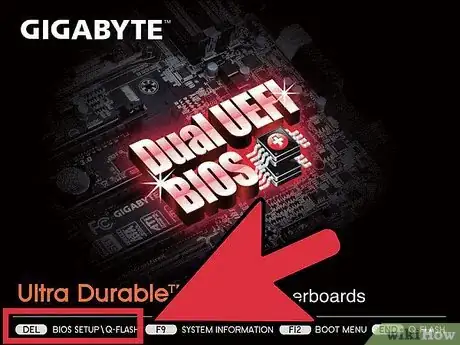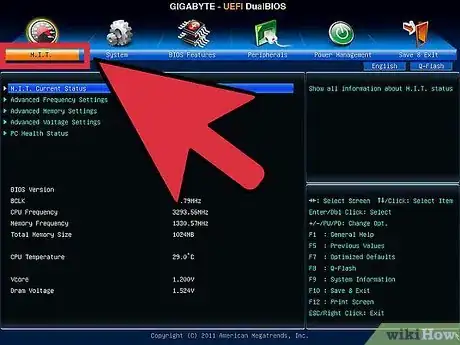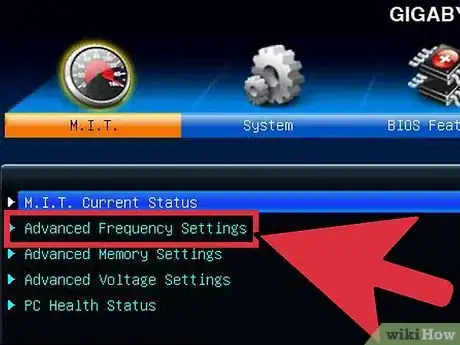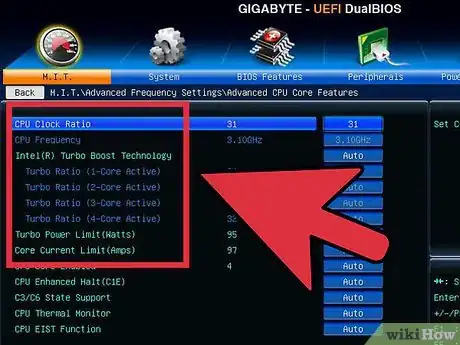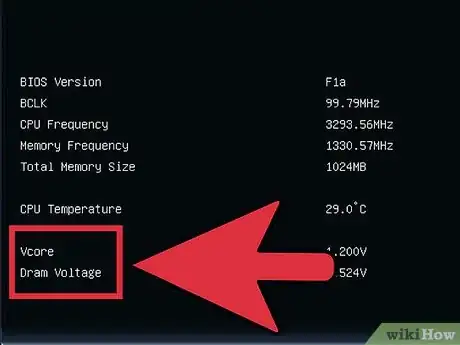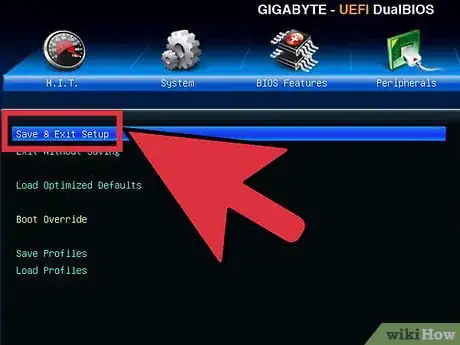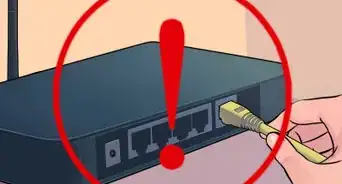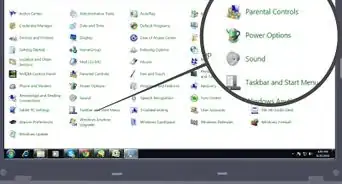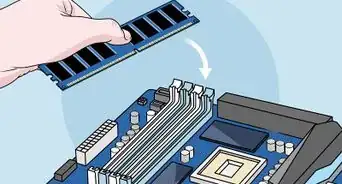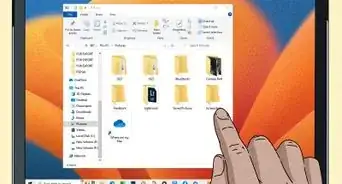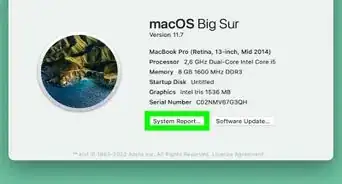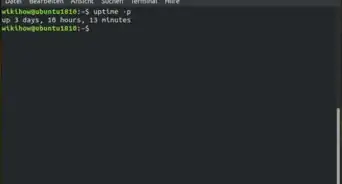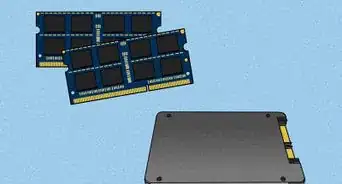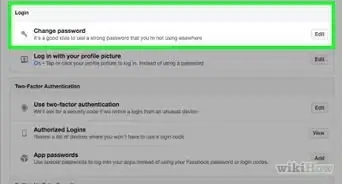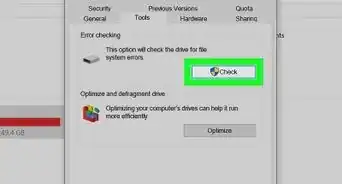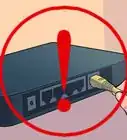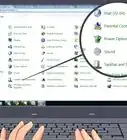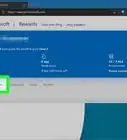X
This article was co-authored by Luigi Oppido. Luigi Oppido is the Owner and Operator of Pleasure Point Computers in Santa Cruz, California. Luigi has over 25 years of experience in general computer repair, data recovery, virus removal, and upgrades. He is also the host of the Computer Man Show! broadcasted on KSQD covering central California for over two years.
This article has been viewed 255,946 times.
PCs are under-clocked for considerably longer hardware lifespan, reduced heat generation (and hence dissipation), reduced electrical power consumption, increased stability and reduced noise from mechanical cooling parts.
Steps
-
1Access the computer's BIOS settings page (BIOS stands for "Basic Input Output System"). Depending on the brand of computer, this requires pressing keys during a certain time of the boot process. Some manufacturers require pressing "Delete" "F2" or <alt>+ or other key combination while the system goes through POST (Power On Self Test) or displays a logo on the screen.
-
2Locate "Frequency/Voltage Control" settings. BIOS screens generally consist of several pages of settings. Each page relates directly to certain parts of the computer operation. Use the "PgDn" and "PgUp" or "" arrow keys to navigate to the page that allows for adjustment of the above variables.Advertisement
-
3Scroll down to the "CPU Frequency/Voltage Control." Press "Enter" or use the left and right arrow keys to select the value. Use the arrow keys, + and - keys or other combination to adjust the value lower.
-
4Lower the CPU clock speed. Lower these values similar to the way described above. Note that the performance decreases linearly to the clock speed.
-
5Lower the core voltage (vCore). Lower these values similar to the way described above. In the CPU's spec it will mostly behave linearly, so a 10% decrease in voltage will need about a 10% decrease in clock speed.
-
6When complete, be sure to save the settings before exiting, otherwise the old settings will remain in place. If you think you've made a mistake, press the "Esc" key to exit without saving.Note: Not all computer BIOS have "Frequency/Voltage Control" settings, maybe lock by Manufacturers.</alt>
Advertisement
Warnings
- Underclocking reduces overall performance.⧼thumbs_response⧽
- Underclocking voids the system warranty on most computers, depending on the manufacturer.⧼thumbs_response⧽
- Do not enter a Password for the BIOS screen that you can not remember. A full BIOS reset may be required to clear the password. The manual may explain methods to clear forgotten passwords if this happens.⧼thumbs_response⧽
Advertisement
About This Article
Advertisement
